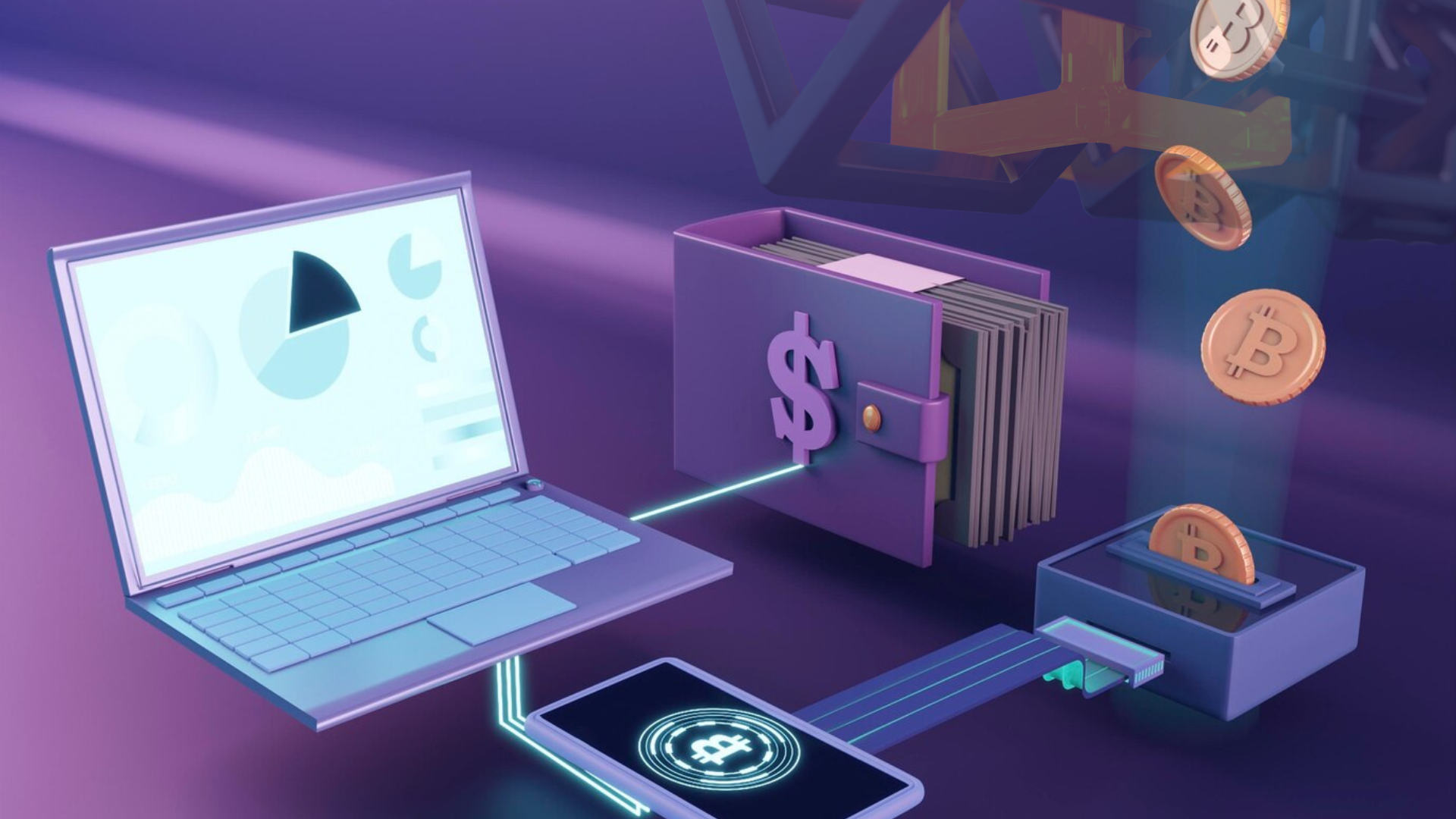
Cardano founder Charles Hoskinson has unveiled a strategic roadmap to secure the network against future quantum computing threats. In a Feb. 20 broadcast, Hoskinson stressed the importance of adapting blockchain security measures in response to rapid advancements in quantum technology.
Microsoft’s Quantum Breakthrough and Its Impact
Hoskinson’s remarks followed Microsoft’s recent achievement in quantum computing with the introduction of its Majorana 1 quantum chip. The Cardano founder described this technology as one of the most significant milestones in quantum computing history. Microsoft CEO Satya Nadella highlighted the chip’s compact size, stating it is small enough to fit in the palm of a hand while possessing the power to solve problems beyond the reach of current computing capabilities.
Cardano’s Post-Quantum Security Plan
To future-proof Cardano against quantum threats, Hoskinson detailed a security upgrade that involves implementing a proof chain. This independent verification layer will provide an additional safeguard for the network by utilizing advanced cryptographic techniques, such as Mithril certificates and post-quantum signatures, to ensure transaction integrity.
However, he acknowledged that adopting these measures could come with challenges, including slower processing speeds and increased data requirements. Despite these trade-offs, the long-term vision is to integrate the proof chain into Cardano’s main blockchain, transitioning from traditional elliptic curve cryptography to quantum-resistant alternatives.
Additionally, researchers are exploring innovative ledger models beyond the standard UTXO (Unspent Transaction Output) framework to further enhance security and scalability in a post-quantum environment.
Challenges and Implementation Roadmap
With quantum computing advancing at a rapid pace, cryptographic standards could become obsolete within the next decade. However, post-quantum cryptography remains in its early stages, with competing approaches such as hash-based and lattice-based encryption still under development.
To address these challenges, Cardano plans to collaborate with industry experts and allocate substantial resources to research. Hoskinson emphasized that while Cardano is actively preparing for quantum security, the network will wait for industry-wide consensus before implementing major modifications.
The introduction of quantum-resistant features will be phased, beginning with the proof chain in the coming years. Fully transitioning to post-quantum security measures will take longer, but Cardano is committed to prioritizing research to ensure its blockchain remains resilient against emerging threats.
By proactively addressing the risks posed by quantum computing, Cardano aims to stay at the forefront of blockchain security, safeguarding its ecosystem for the future.


















































































































































































































































































































































































































































































































































































































































































































































































































































































































































































































































































































